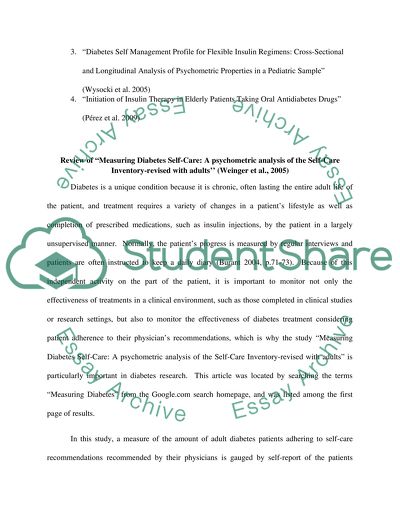Cite this document
(“Measuring Health and Diseases: Diabetes Essay Example | Topics and Well Written Essays - 2250 words”, n.d.)
Measuring Health and Diseases: Diabetes Essay Example | Topics and Well Written Essays - 2250 words. Retrieved from https://studentshare.org/health-sciences-medicine/1569120-measuring-health-and-diseases-diabetes
Measuring Health and Diseases: Diabetes Essay Example | Topics and Well Written Essays - 2250 words. Retrieved from https://studentshare.org/health-sciences-medicine/1569120-measuring-health-and-diseases-diabetes
(Measuring Health and Diseases: Diabetes Essay Example | Topics and Well Written Essays - 2250 Words)
Measuring Health and Diseases: Diabetes Essay Example | Topics and Well Written Essays - 2250 Words. https://studentshare.org/health-sciences-medicine/1569120-measuring-health-and-diseases-diabetes.
Measuring Health and Diseases: Diabetes Essay Example | Topics and Well Written Essays - 2250 Words. https://studentshare.org/health-sciences-medicine/1569120-measuring-health-and-diseases-diabetes.
“Measuring Health and Diseases: Diabetes Essay Example | Topics and Well Written Essays - 2250 Words”, n.d. https://studentshare.org/health-sciences-medicine/1569120-measuring-health-and-diseases-diabetes.


